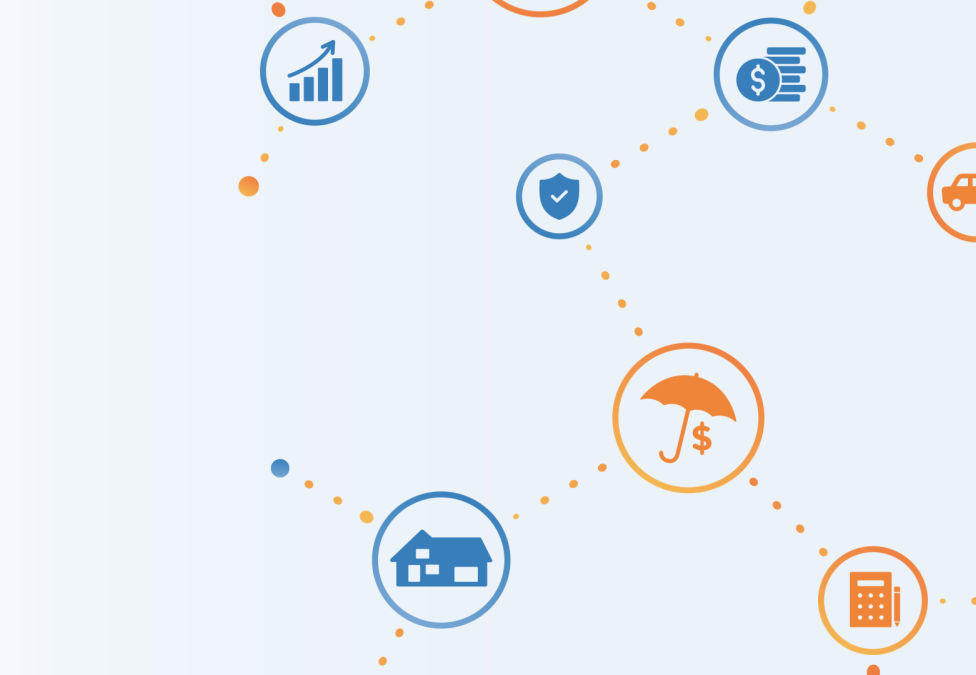Thank You for Downloading
Your download is complete—head to your Downloads folder to explore the insights.

The Financial Literacy in the United States report provides a comprehensive overview of the financial literacy landscape in the US.
Unfortunately, our analysis paints a worrisome picture. The evidence suggests many individuals in the US—both young and old—lack the basic knowledge and skills required to engage in sound financial decision-making, a situation that significantly threatens their financial well-being.
At the same time, our results indicate that financial literacy varies substantially across sociodemographic groups. We identify clear and persistent gaps along racial, socioeconomic, and gender lines, which, if unattended to, are likely to amplify existing inequalities across the population.
Despite the availability of a range of financial literacy programs from the US government, nonprofit organizations, and for-profit enterprises, our findings suggest financial literacy levels have been stubbornly resistant to progress over time. This result is particularly worrying for young people, who are likely to face greater financial challenges than previous generations.
Improving financial literacy requires both time and effective policy. This report offers three policy recommendations to achieve this goal.
1. A common and updated definition is needed. We need to agree on what financial literacy means and how to measure it in today’s society.
2. Systematic assessments and evaluations are needed. We need more rigorous and systematic evaluations of financial literacy strategies in the US.
3. Technology can help tailor efforts to target specific audiences. We need to complement traditional financial education with new financial technologies in order to reach vulnerable and younger populations.